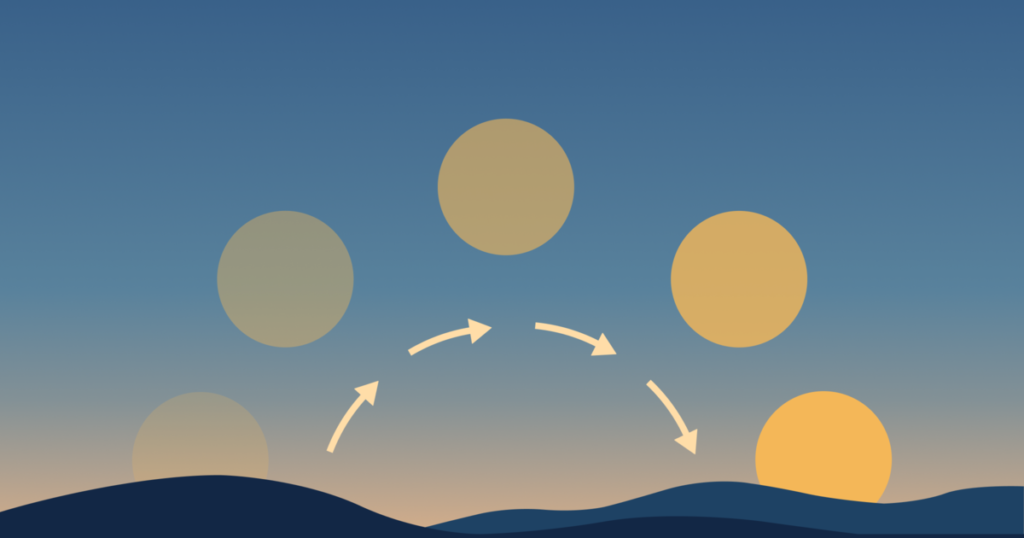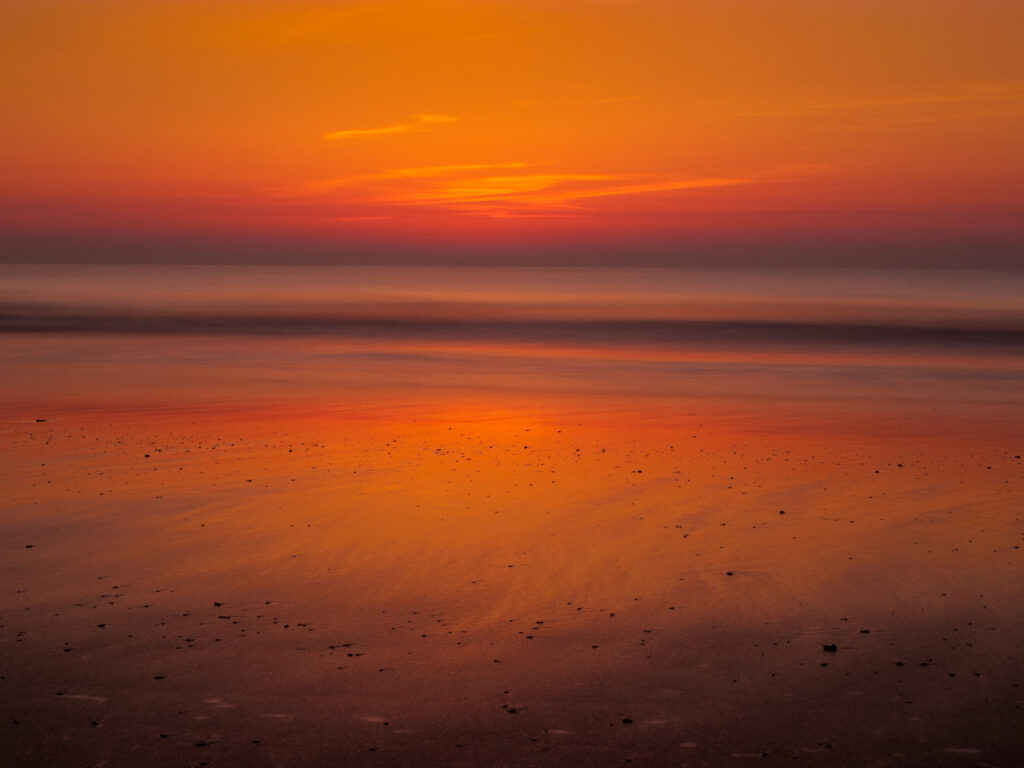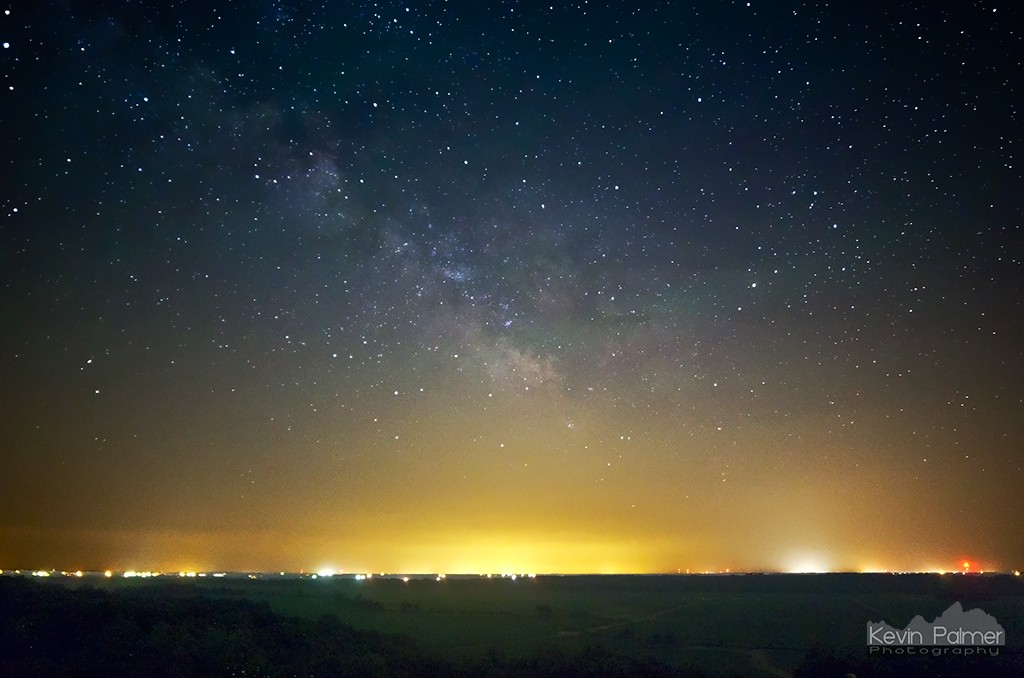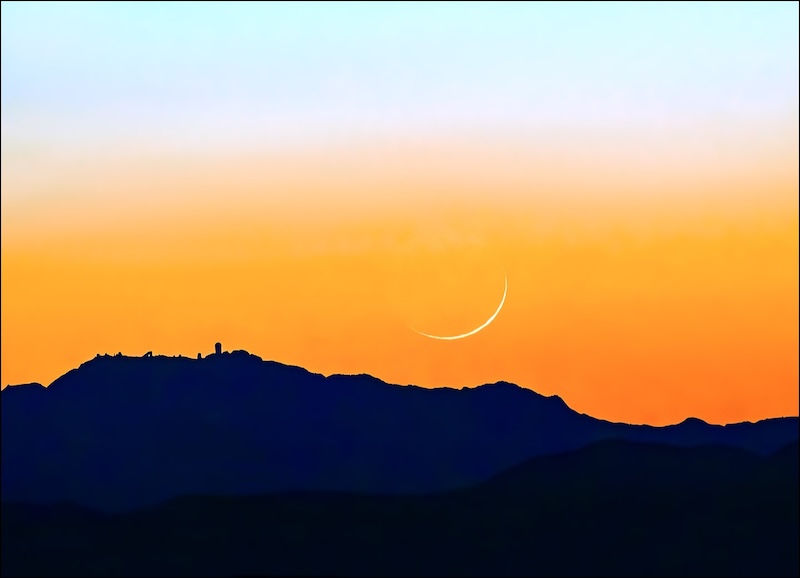What time will it get dark today? This is a common question for anyone planning outdoor activities, stargazing, or even a relaxing evening walk. The answer depends on where you live, the time of year, and how you define “dark.”
After sunset, the sky doesn’t go completely dark right away. The time it takes depends on the three twilight phases: civil, nautical, and astronomical. Each phase tells us how far the sun is below the horizon and what you can see in the sky. Let’s explore these phases to figure out when true night begins in your area.
What Time Will It Get Dark Today? A Quick Overview

If you are wondering what time will it get dark today, the answer depends on your location and the time of year. Darkness doesn’t happen right after the sun sets. Instead, the sky transitions through twilight phases before true night arrives.
Different places and seasons affect the timing of darkness. For example, it takes longer to get dark in the summer than in winter. Similarly, people living near the equator experience nightfall much faster compared to those closer to the poles.
By understanding twilight and other factors, you can predict when it will get dark today. This information is especially useful for outdoor plans, stargazing, or taking night photos.
Understanding Twilight: Why It’s Not Dark After Sunset
It’s not dark immediately after the sun sets because of twilight. Twilight occurs because the sun continues to light up the atmosphere even after dipping below the horizon. This scattered light brightens the sky for a while before fading.
Twilight is divided into three phases: civil, nautical, and astronomical. Each phase tells us how far the sun is below the horizon and how much light remains in the sky. The sky becomes darker as the phases progress.
If you’ve ever noticed a faint glow on the horizon after sunset, that’s twilight in action. This gradual change is why darkness doesn’t fall instantly.
The Three Twilight Phases and What They Mean
Twilight has three phases, and each one gives a different level of light.
- Civil Twilight: This is the brightest phase. You can still see clearly and do outdoor tasks without extra lighting. The sky is light blue, and the brightest stars may start appearing.
- Nautical Twilight: Now, it’s harder to see without light. Objects look like silhouettes, and constellations become visible in the dark blue sky.
- Astronomical Twilight: This is the darkest twilight phase. The sky looks black, and you can see deep-space objects clearly. It’s almost night.
Knowing these phases helps you understand what time will it get dark today, based on your location.
How Latitude Changes the Time It Gets Dark

Latitude plays a big role in how long it takes to get dark. People near the equator experience faster sunsets and shorter twilight phases. This means they get dark quickly after the sun sets.
In contrast, those closer to the poles see the sun set at a shallow angle. This slower descent makes twilight phases longer, delaying nightfall. For example, places like Alaska might take over two hours to get completely dark.
The way the Earth tilts and rotates also impacts darkness. So, where you are on the globe determines how quickly you’ll see the night.
Does the Season Matter for Darkness Times?
Yes, the season affects how long it takes to get dark. In summer, the sun sets at a shallower angle, causing longer twilight phases. This means it takes more time for nightfall to occur.
In winter, the sun sets more steeply. This leads to shorter twilight and faster darkness. For stargazers, winter nights are often better for observing the sky because they arrive earlier and last longer.
Understanding seasonal changes can help you better predict what time it will get dark today in your area.
How to Find Out When It Will Get Dark in Your Location

You can easily figure out when it will get dark in your area with a few simple steps. Tools like weather apps and astronomy websites can show you sunset and twilight times for your exact location.
Local conditions like weather or cloud cover can also affect perceived darkness. On a cloudy day, it may feel darker sooner than on a clear evening. Checking weather updates can give you a more accurate idea.
Conclusion
Knowing what time it will get dark today can make your plans easier and more fun. Whether you are watching the sunset, stargazing, or just enjoying the evening, timing is important. Twilight, seasons, and location all play a big part in how darkness arrives.
Using apps or checking local weather can help you find the exact time for your area. Darkness isn’t the same everywhere, but now you know what to expect. Keep these tips in mind to enjoy your evening activities at the perfect time!
FAQs
Q: How can I know what time it will get dark today?
A: You can use weather apps, astronomy tools, or websites like Time and Date to check the sunset and twilight times for your area.
Q: Does it get dark at the same time every day?
A: No, the time it gets dark changes with the seasons and your location. Summer and winter have very different patterns.
Q: What is twilight?
A: Twilight is the time after sunset when the sky is still lit by the sun’s rays, even though the sun is below the horizon.
Q: Why does it take longer to get dark in summer?
A: In summer, the sun sets at a shallow angle, which makes the twilight phases longer, delaying complete darkness.
Q: Can cloudy weather make it dark earlier?
A: Yes, clouds can block sunlight and make it seem darker earlier than usual, even before the sun has fully set.

